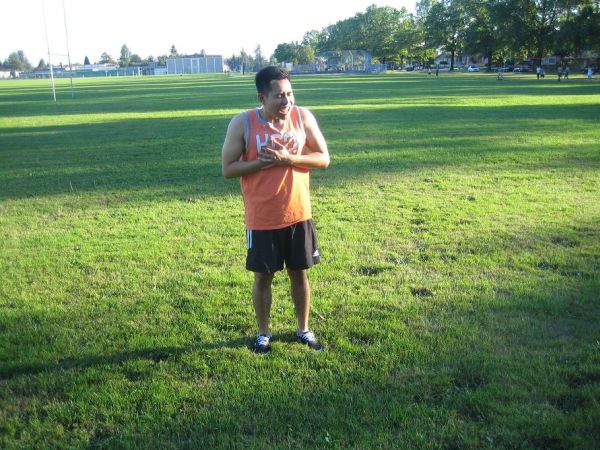Chest injuries occur in the area between the neck and the abdomen. The injury might occur to the chest wall or to any of the organs within the chest.
Common forms of chest injuries
- Abrasions or bruising to the chest region
- Damage to the lung or heart
- Fractured bones
For significant injuries, there is a possibility for internal bleeding. It can be obvious such as coughing up blood or not apparent such as nausea, pale skin or extreme thirst.
Minor injuries such as bruising are prevalent. In most instances, the injuries can be instigated by the following:
- Penetrating wound from a knife or gun
- Blunt damage from sports such as a kick, punch or from a fall
- Crushing injury such as during a vehicular accident
For significant injuries, there is a possibility for internal bleeding. It can be obvious such as coughing up blood or not apparent such as nausea, pale skin or extreme thirst. If internal bleeding is suspected, call for emergency assistance right away.
What are the indications?
The indications of chest injuries tend to vary depending on the type. The usual signs and symptoms include:
- Tenderness
- Chest pain that worsens when coughing, laughing or sneezing
- Difficulty breathing
- Swelling
- Bruising
Management
In case a region of the chest is bleeding, the initial measure is to cover the area using a bandage or clean cloth and apply pressure to put a stop to the blood flow. If the individual is in pain, provide him/her with pain medications.
For minor injuries, the individual can continue with his/her normal activity. Just remember to avoid bending, lifting or engaging in any strenuous exercise until the pain and other symptoms subsides.
If the color of the mucus coughed up changed, a doctor should be consulted since this indicates chest infection.
When to seek emergency care
You have to bring the individual to the nearest emergency department or call for emergency assistance for the following:
- Difficulty breathing
- Coughing up blood
- Possibility of internal bleeding


